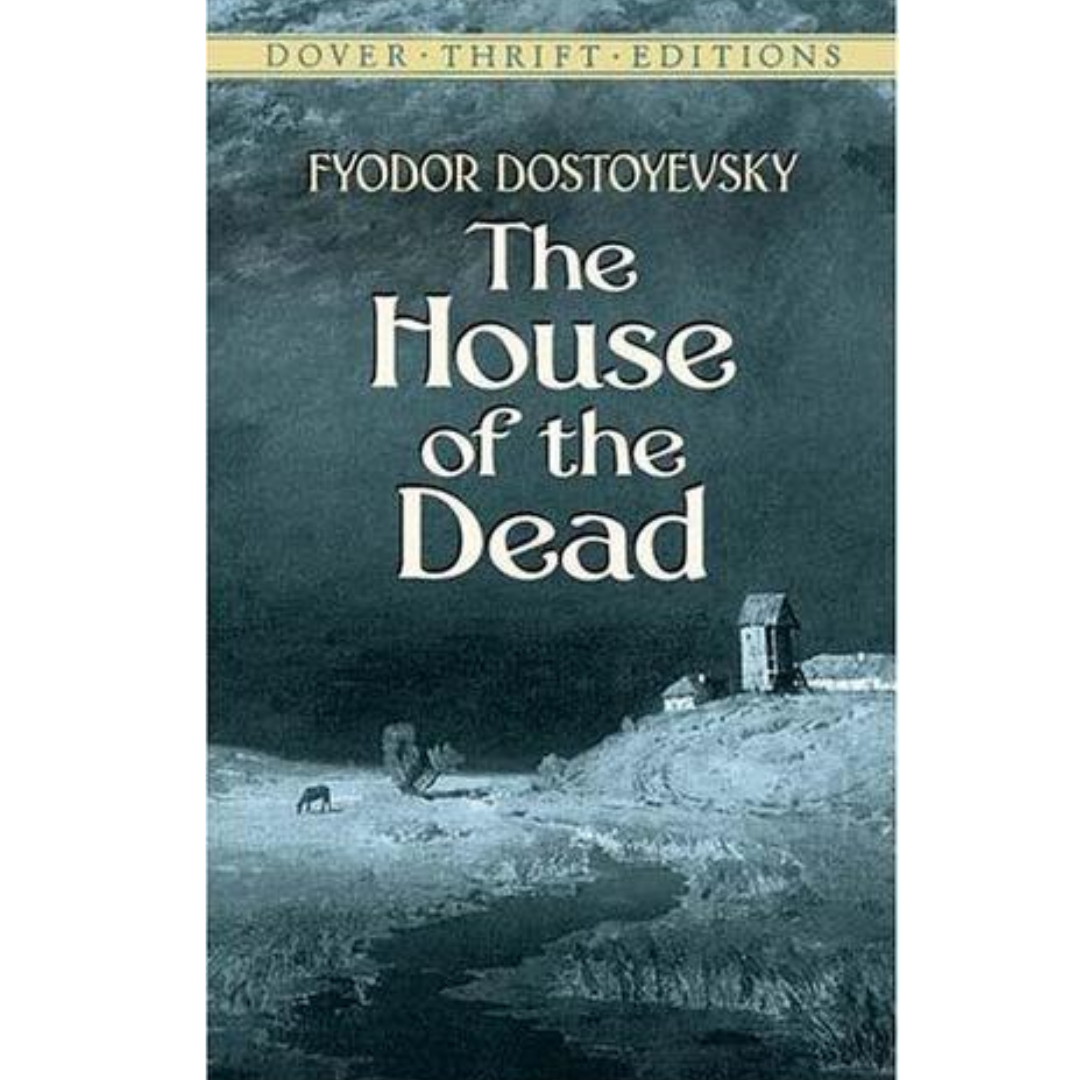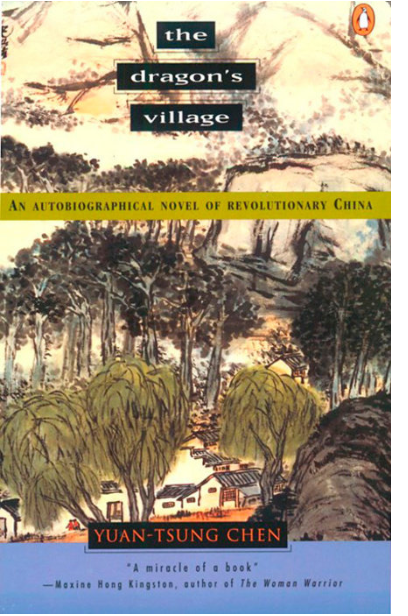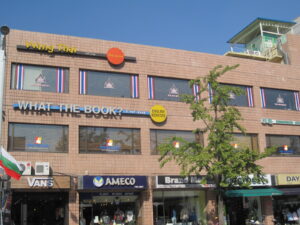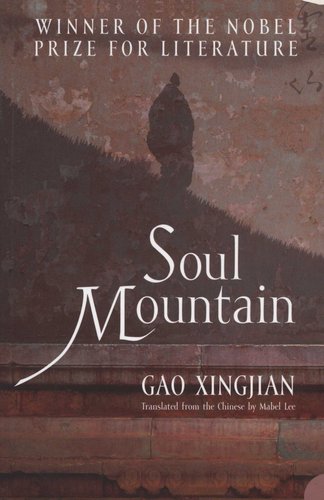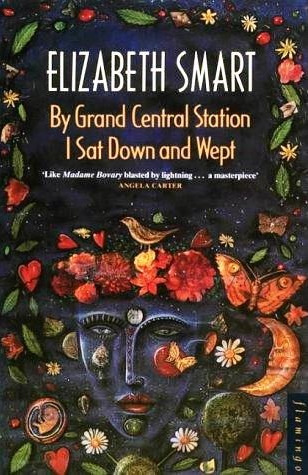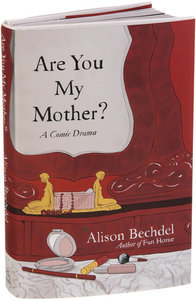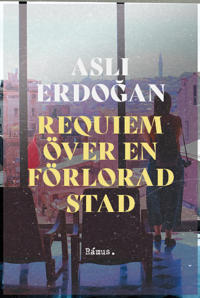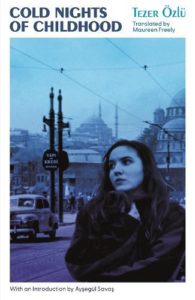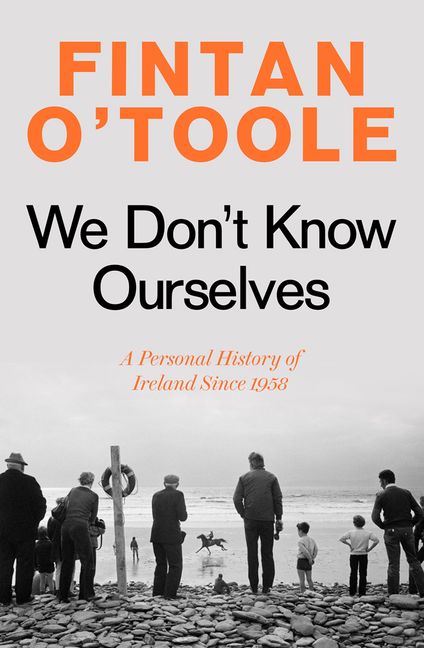As a rule I generally pack light for my vacations, but this is always in favor of bringing too many books. The prospect of long hours of travel always inspires me to bring a selection, so that if my mood or attention span should shift, I’m more likely to have something suitable on hand. Plus there’s just the fact that I never want to feel like I “only” have one thing to read. Yes, there is Kindle (or the Kindle app, in my case) but sometimes phone battery is at a premium. Inevitably, then, I travel with at least two or three paperbacks, ideally ones without sentimental value so I can leave them behind (to make room for new books). Only sometimes, against my better judgment, do I bring library books or hardbacks that I was desperate to finish at that particular moment.
Nor can these books be just any random unread book off the shelf, either. A mysterious quality guides my hand, the “vibes” if you will. This is how I choose most things, actually—I have to bask in the collective presence of the options and contemplate them until one suddenly just feels right. The decision cannot be rushed or rationalized. Ice cream parlors with miles and miles of flavors were agony for me as a child (and no doubt for the parent accompanying me).
All of that preamble is to say that I can’t for the life of me explain why I chucked Dostoyevsky’s The House of the Dead into my bag beyond “the vibes.” Crime and Punishment was one of my favorite books out of my entire high school English career and afterwards I set about acquiring, but never actually reading, other works by Dostoyevsky. The next book of his that I read to completion was The Idiot last January—some twenty years later, in other words.
Where I struggled with The Idiot, I deeply enjoyed The House of the Dead. The character studies are more penetrating, more engaging, more revealing. The back of my Dover Thrift edition (ah, yes, Constance Garnett, my old friend!) describes the book as a “semi-autobiographical memoir,” which I take to mean as more or less true. The introduction purporting to be “oh look at these notes I just happened to find among a dead man’s papers” seems to be the plausible deniability cover-your-ass gloss of fiction over the rest of what’s to come.
The various prison personalities are interesting enough that you can overlook the lack of overarching plot or conflict. The narrator relates various observations that roughly correspond to a year, from winter to summer to winter again. Not really a strict chronological year, as such; it’s maybe akin to a thematic grouping, with several summers or winters collapsed into one, with a substantial chunk of time elided: Dostoyevsky himself served four years at a prison camp, and the self-insert narrator (Alexandr Petrovich) claims to have served ten. Petrovich acknowledges this gap and explains that he was the most observant and inquisitive during his first few months at the prison, so those memories are the strongest.
Since The House of the Dead is set in a Siberian prison camp, certain comparisons spring to mind. Not only Solzhenitsyn and One Day in the Life of Ivan Denisovich—the portraits of the various inmates reminded me a lot of Homeboy. Enough that I might send my Homeboy book buddy a copy of The House of the Dead. Preferably a newer translation than Garnett’s, though. Several have been put out since then, including Pevear & Volokhonsky! My own copy is now residing on the shelves of Što čitaš? in Zagreb, where it will hopefully find a second life.

